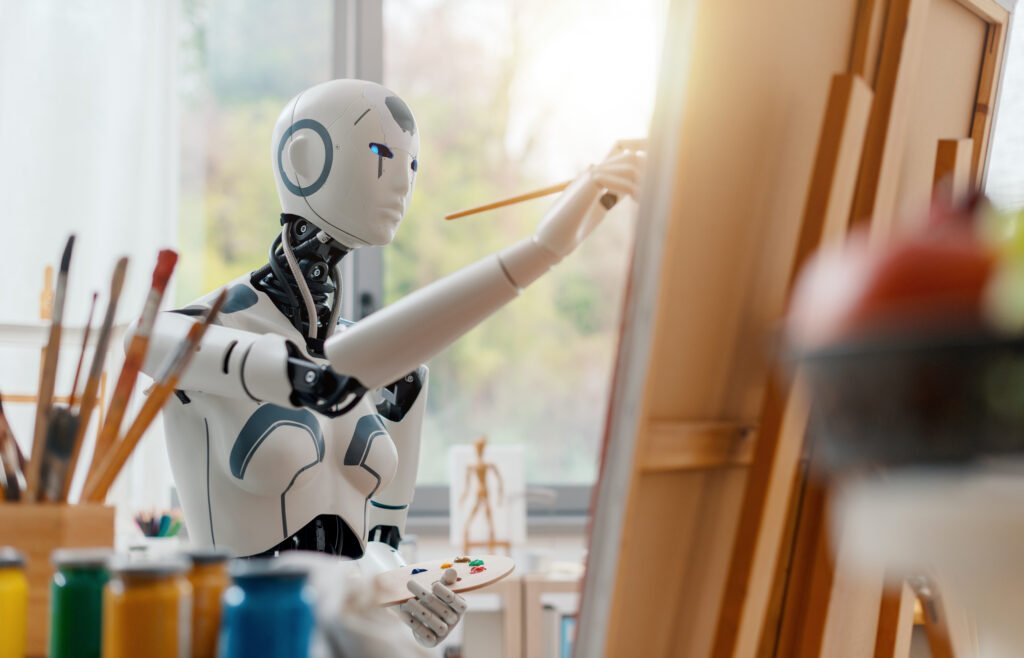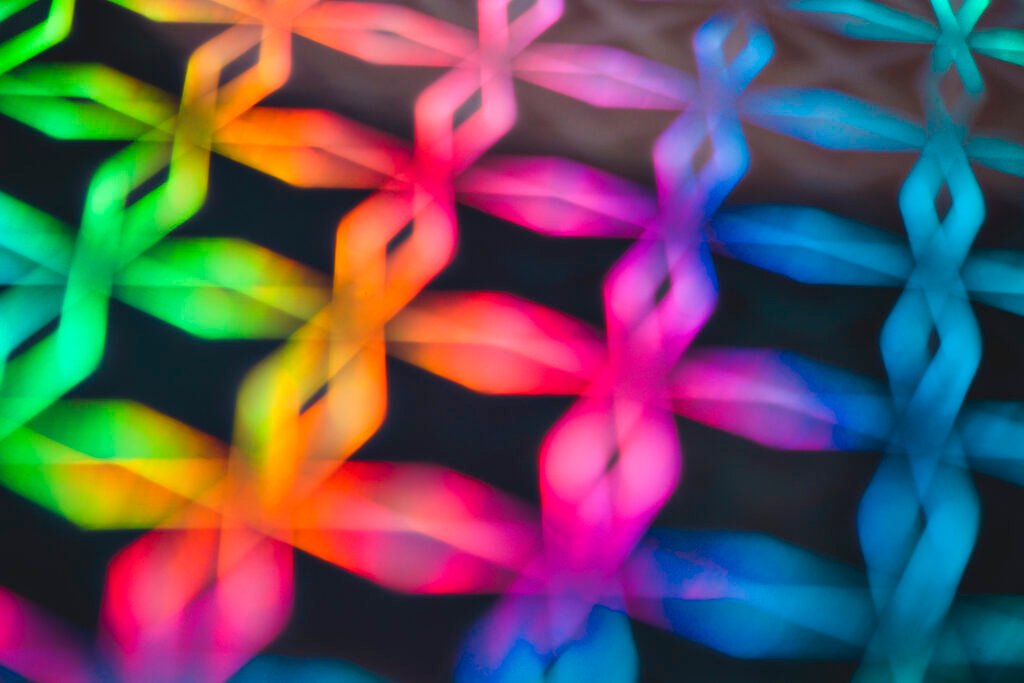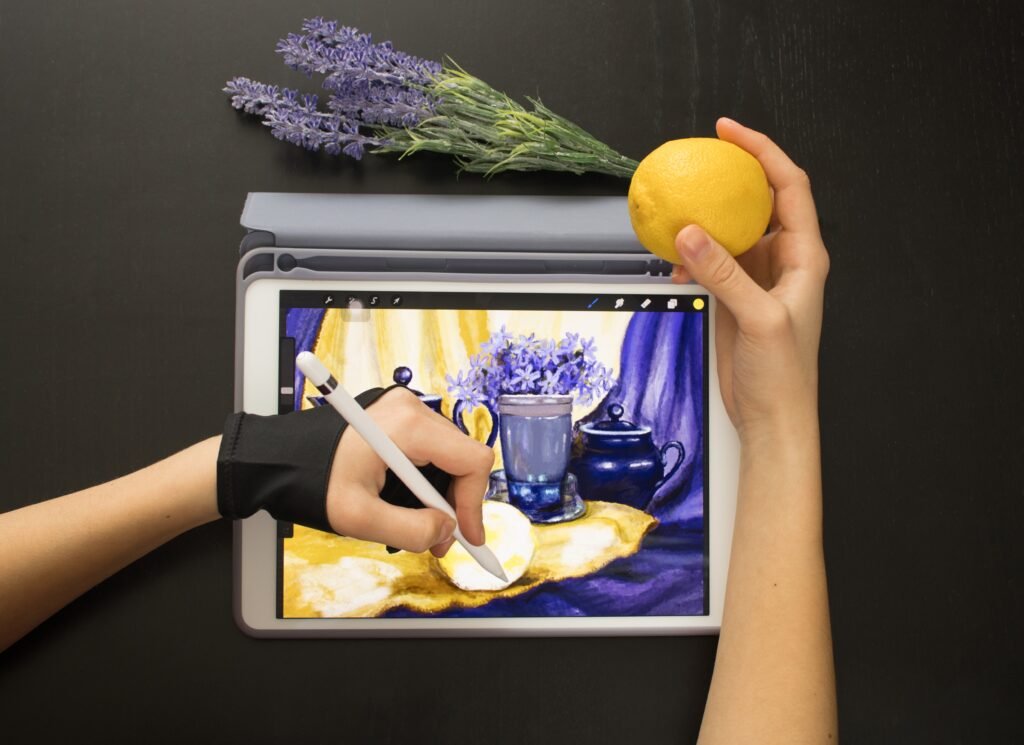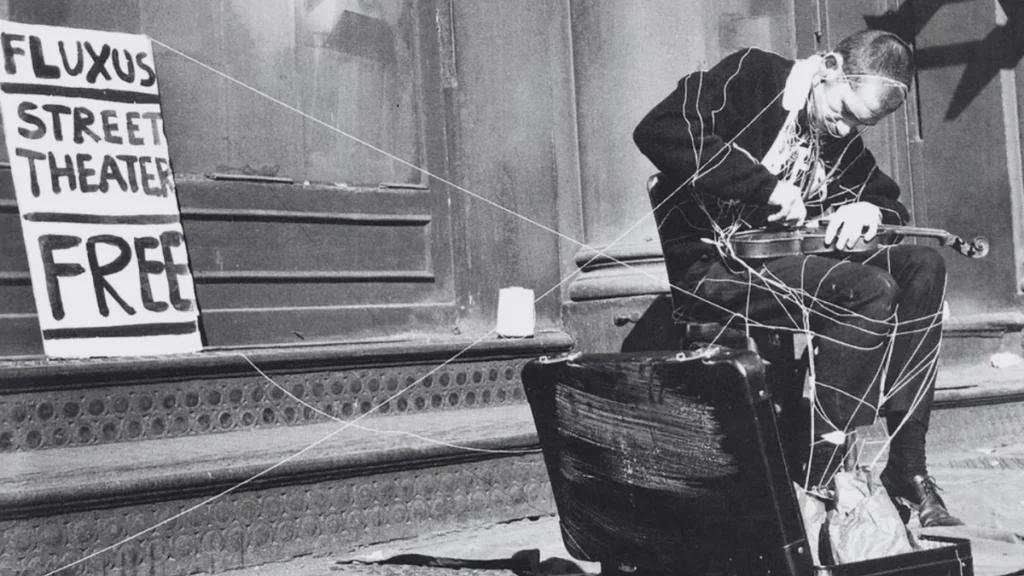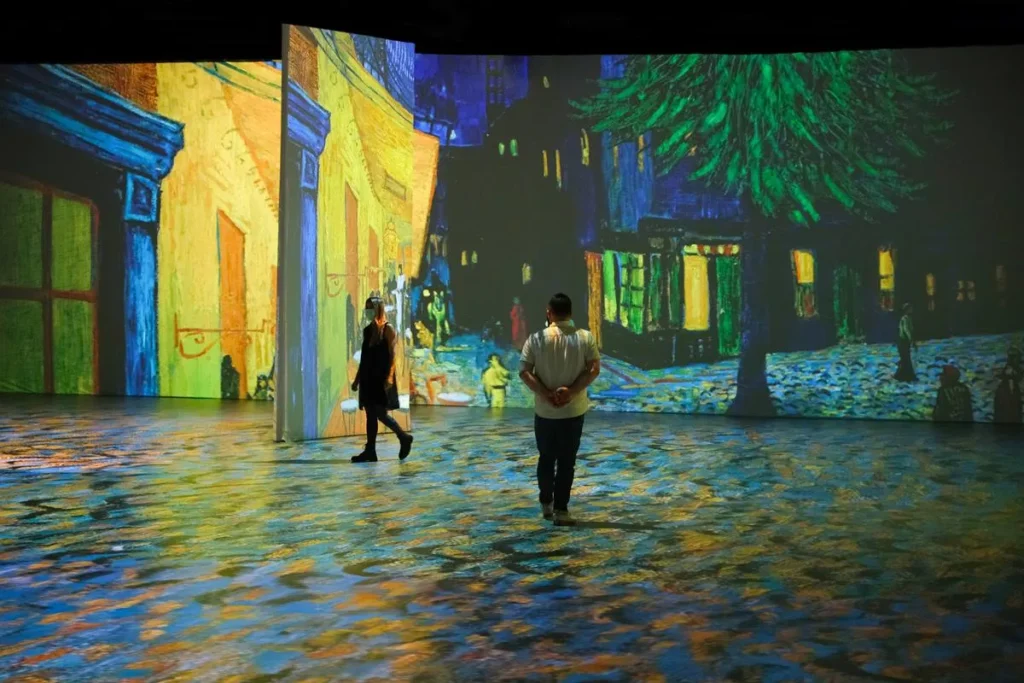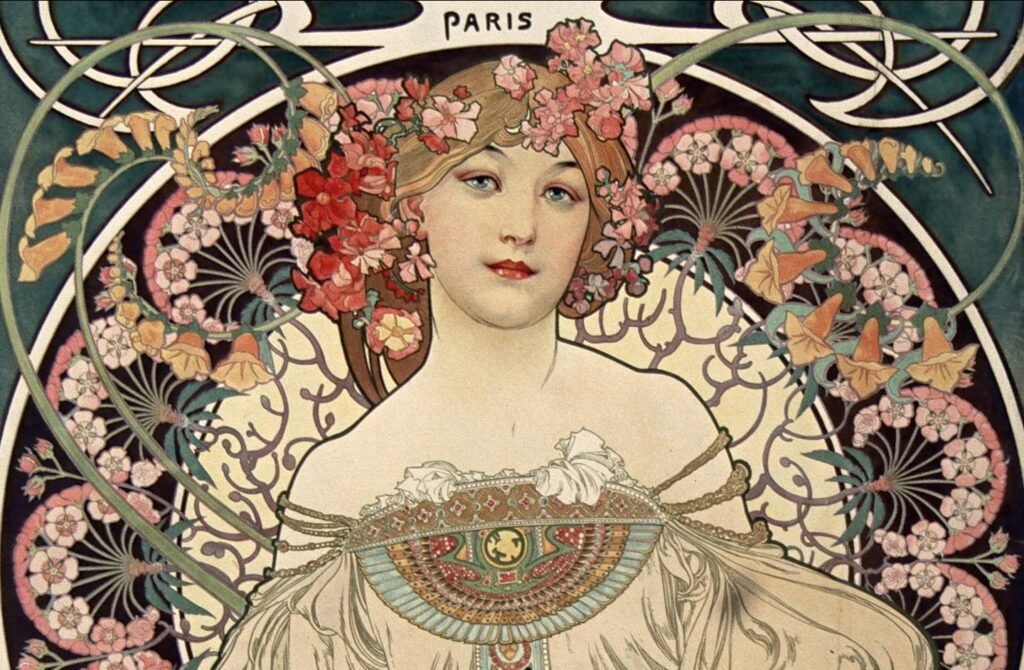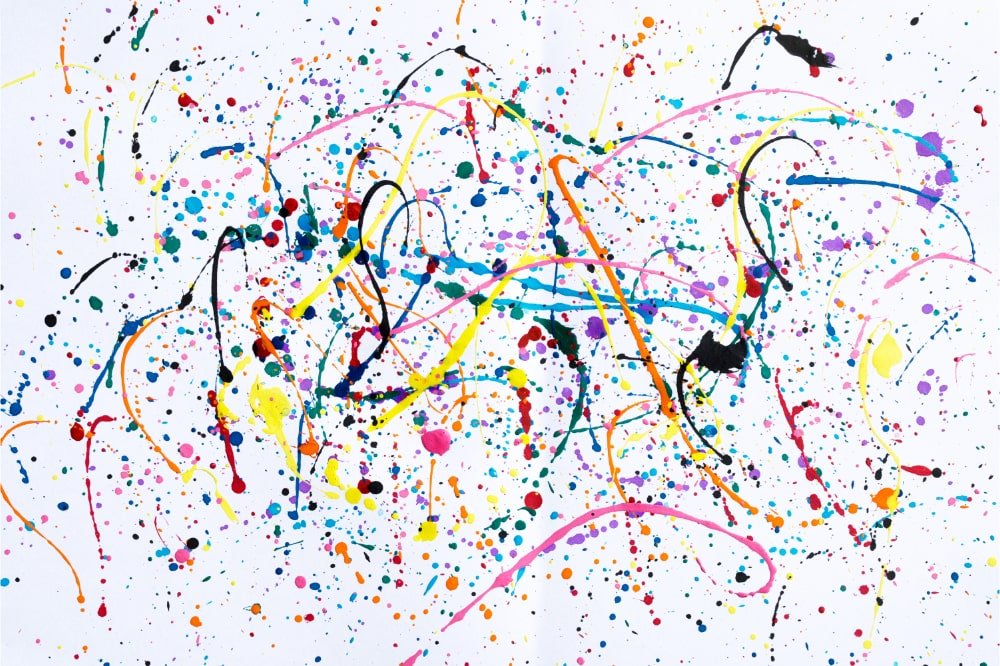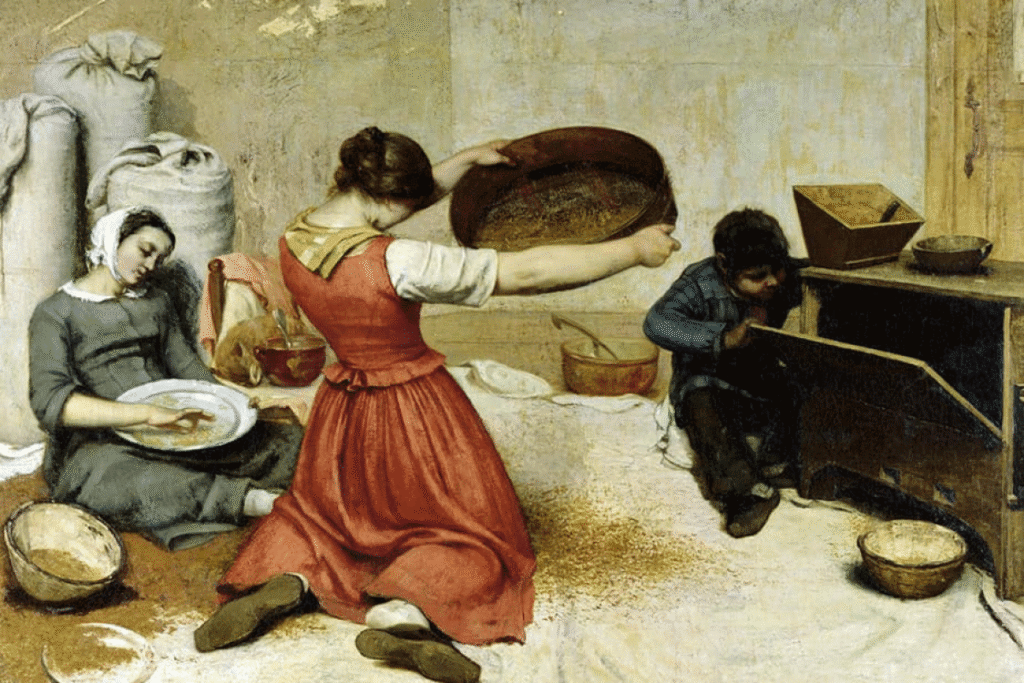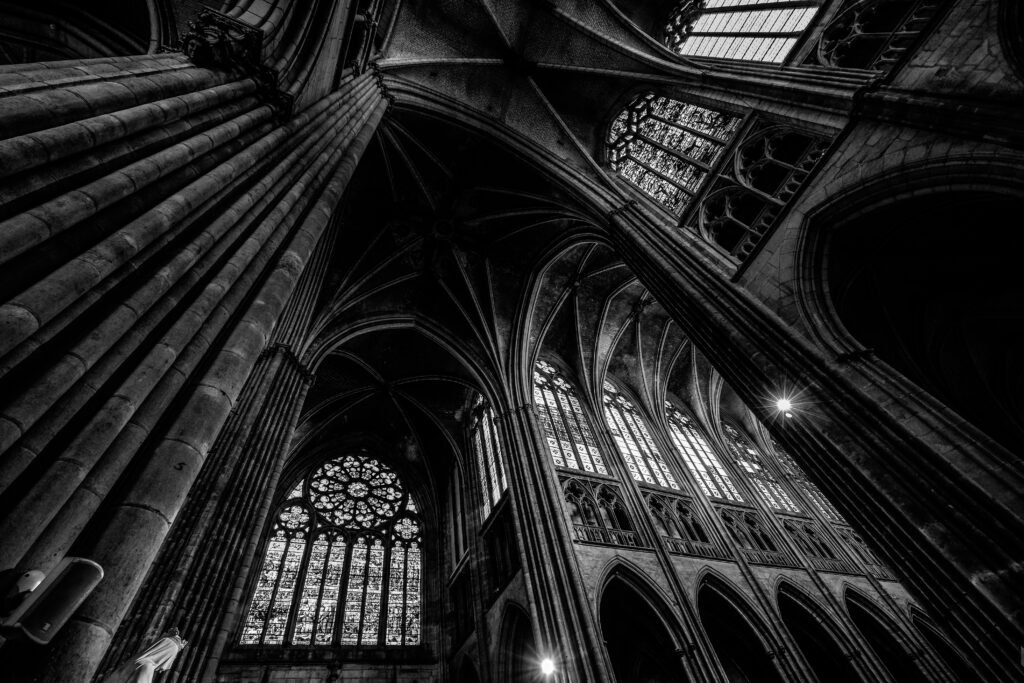Pixel Art in the 21st Century: From Retro to Innovative
Pixel art, in the 21st century, has moved far beyond being just a technique tied to the nostalgia of old video games. Today, it stands as a rich visual language, capable of uniting tradition and innovation within the same creative space. This form of digital art uses limitation as a strength, turning each colored point […]
Pixel Art in the 21st Century: From Retro to Innovative Read More »


